The number of people who want wooden houses increases every year. I'm not saying it, the people who build and sell houses are saying it. And that's because people are slowly rediscovering wood, its beauty and its qualities. Increasing demand has led to the development of this segment of the construction industry, and companies specialising in the construction and assembly of wooden houses have sprung up all over the country. A wooden house may be a dream for many of us, but it's worth researching as much as possible before making it a reality. There are always less pleasant aspects that can turn a dream into a nightmare. Here's what you need to know when you decide to buy or build a wooden house.
Why wooden houses? What are the advantages of wooden houses?
Wood is one of the oldest building materials, having been used in the construction of houses since ancient times. It's a versatile material that can be used to build a log cabin in the mountains or a modern town house. You can build a tree house or a spacious house with living room, kitchen, two rooms on the ground floor and three more in the attic. Wood is also perfect forwheel houses or a traditional house the country. Wood gives builders, and especially architects, the opportunity to showcase their creativity and create wooden houses that blend in perfectly with the landscape.
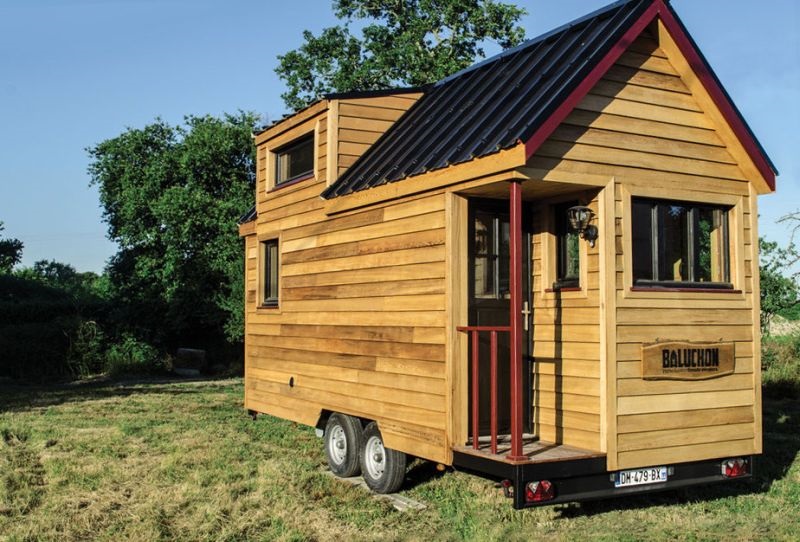
But that's just one of the advantages of using wood to build houses. There are others, too, such as:
- Shorter construction time. A wooden house is built faster than a brick or concrete one. There are types of wooden houses that can be built in 2-3 days if the foundation is ready.
- Wooden houses are lighter. For this reason they need a simpler foundation which saves on materials. Also, using industrialised timber elements such as lamellar beams, much larger open spaces can be built compared to other building materials.
- Wooden houses provide a better thermal insulation. Wood is a good thermal insulator, and this can be seen inside a wooden house: it is cooler in summer and warmer in winter. Of course, the quality of the insulation is very important, because this advantage can be lost if the walls of a prefabricated panel house are not well insulated or the construction of the house is not done properly.
- Wood is a flexible material and transfers this property to houses. That's why a wooden house is said to be more resistant to earthquakes. There are also opinions that say it's not quite so. Wood is flexible, but joints are not. That's why the effects of an earthquake will be seen in a wooden house. However, considering that the oldest wooden constructionis in Japan, a country where earthquakes are very common, I tend to believe those who believe in the earthquake resistance of wooden houses.
- Wooden constructions allow for easy partitioning, resulting in more living space than cement or brick houses. This is possible because wooden house structures have thinner walls, which does not affect the strength of the structure.
- Building wooden houses costs less. It is said that a wooden house, without furniture and other interior fittings, can be even 30-35% cheaper than a brick or concrete house. However, if you want a well-made wooden house that has all the other qualities above, it's best not to go for cheap. You're likely to find some of the price difference later on in the form of disadvantages.
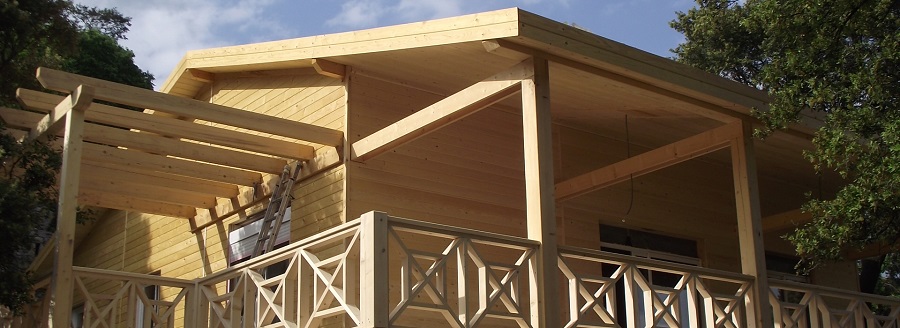
However, there are also disadvantages that you should know about from the start
Beyond the many benefits they offer, wooden houses also have drawbacks. That's not to say that whichever house you choose you'll have to deal with problems too. They don't. Just avoid these disadvantages by choosing the right options. Let's see what the disadvantages would be and how we can "trick" them:
- Unlike other building materials wood is vulnerable to insect attack (cariTo protect it, it must be treated with suitable substances. Treating can also be done when assembling the house, but it would be best if treated wood was used to make the house elements. This increases the cost of the house, but it's a small cost that you pay up front instead of a big one when the bugs make their appearance.
- Wooden houses are more susceptible to fire than other buildings. For this reason wood must flame retardant before, and the wiring must be done responsibly and well insulated.
- Wood is sensitive to moisture. That's why all water pipes should be well joined and if possible with as few joints as possible. In the event of major water leaks, the wood must be allowed to dry out thoroughly, otherwise mould can develop.
- Wooden houses cannot be built more than two storeys high because of the danger of loss of stability. But there are materials - such as glulam (lamellar beams) - with which taller (but not much taller) constructions can be made.
- Wooden houses have a low degree of sound insulationwhich can be an inconvenience for many homeowners. If there are 2 levels, the insulation between them must be very well done.
- Maintenance costs are higher. In addition to fire and decay treatments, wood should be protected with varnishes or natural materials (wax, oilThey require regular maintenance. In addition, the house itself should be checked every 6-7 years.
- The lifespan of a wooden building is shorter than that of a cement or brick house. But durability also varies depending on the quality of workmanship. And let's not forget that there are 200 years old wooden houses-300 years old which, restored, are still in very good shape and the wood is perfectly sound.
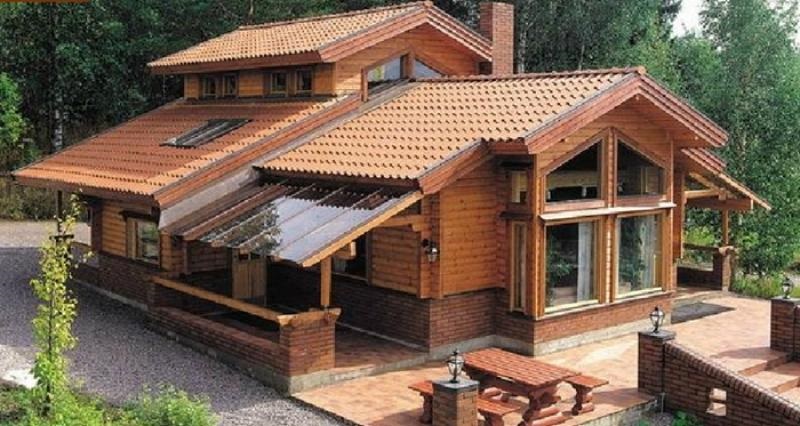
Main types of wooden houses
For those who dream of living in a wooden house, it is important to note that there are several types to choose from. Here are 3 of them:
Houses in logs. They are the most impressive houses, especially those made of large round logs. Such houses are typical of Canada or the United States, but they are manufacturers who make them in our country. The logs of these houses are very large and not very protected. They are peeled, but not all brought to the same size (there are small differences between them). Most of our companies make houses from round or profiled logs, machined to the same size and joined together inswallowtail or nut and feder (lamb and uluc). They are assembled at the site of the house by laying the logs on top of each other on the foundation already made. There is also the option of panels made from small-diameter logs or half logs, made in a factory. The panels are actually the walls of the house which are then assembled on site.
Log houses retain heat better than other building materials, have lower humidity and therefore higher comfort. It is the wooden houses that are said to last longer (over 400 years). Pension Saranis in Belis is built from logs.
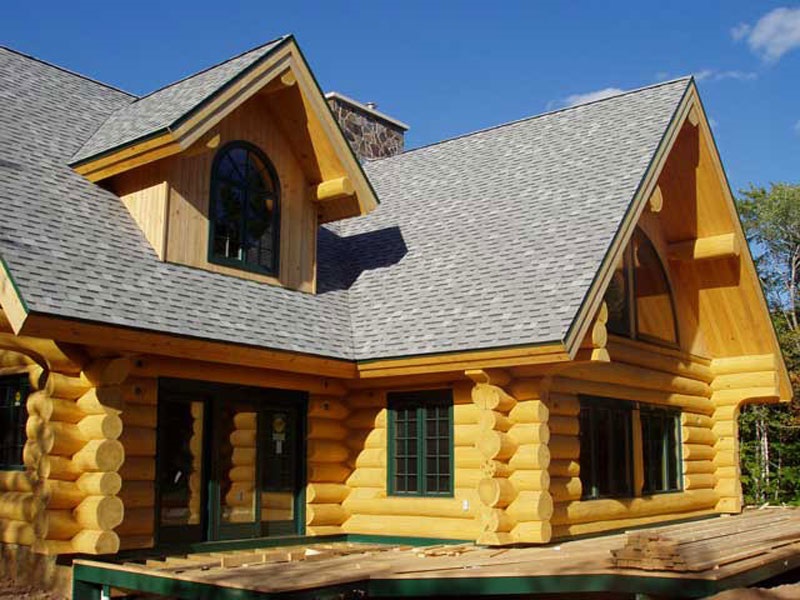
Houses in lamellar beams. A great advantage of these houses is that they offer countless possibilities for combining. The layered beams (glulam) as they are also called, are very strong and resilient. They are made by gluing several layers of wood together along the grain. The wood used to form the beams is free of defects. Before it is glued, all defects are removed and joined to form long, even very long elements. The principle is similar to that of wooden panels.
Glulam houses are very resistant to rot and fire. Taller and more resilient houses can be made with this material, but the cost of a glulam house is higher. Even so, glulam structures are cheaper than steel. Glulam structures also have a higher load-bearing capacity. With their help, wide open spaces can be achieved without any problems of structural strength.
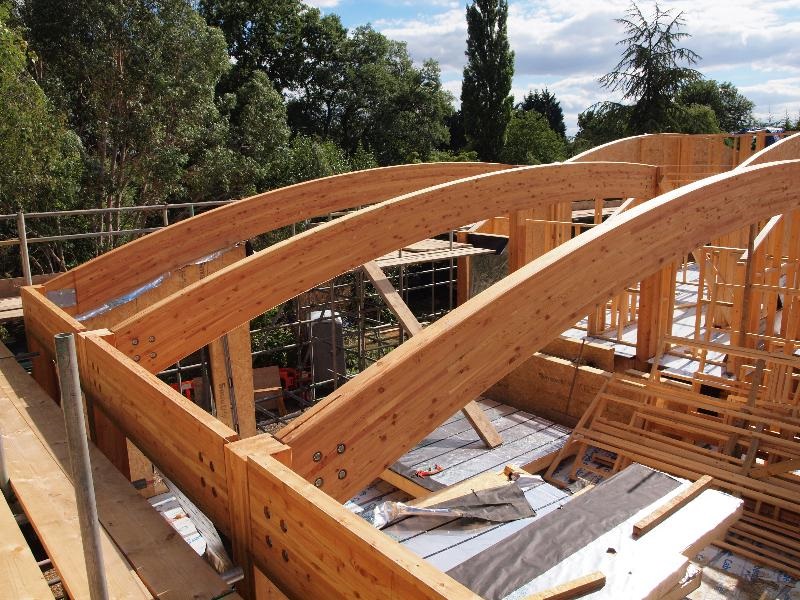
Prefabricated panel houses. These are wooden houses that are almost entirely factory-made. The elements of the house are in the form of walls that include insulation and sometimes even interior and exterior finishes.Houses made of prefabricated structureswooden houses are easy to install and are low-priced compared to brick houses. These are the houses that we said can be assembled in 2-3 days. Basically, the dismantled wooden house is loaded onto a lorry and transported to its destination. There, on the prepared foundation, it is assembled like a Lego game.
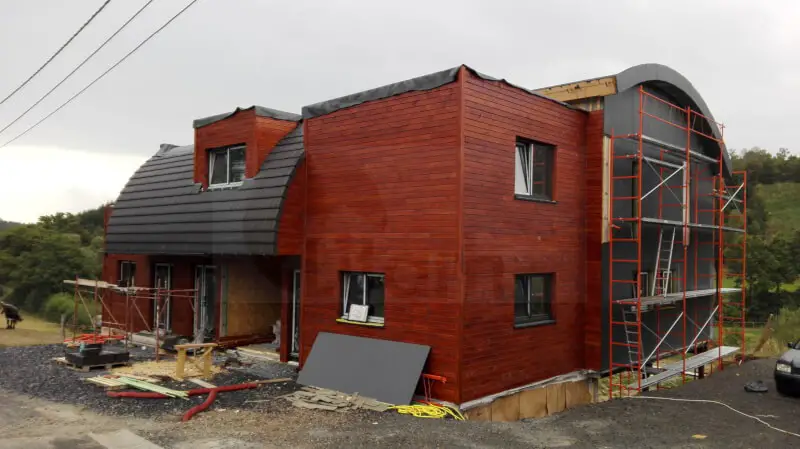
Houses in CLT. Cross Laminated Timber (CLT), is considered one of the most modern, high-performance andcurate industrially manufactured building materials. CLT is a panel obtained by cross-laminating timber. CLT is also being built with us and interest in this material is growing all the time. Advantages of building with CLT, disadvantages, manufacturers, useful links can be found in next article.
What you need to know if you have decided to build your house out of wood
If you are thinking about a wooden house consider the following:
- Before contacting any manufacturer, make a project. Call an architect to design your project according to the area you want to build in and all your requirements. That way you will know what you need to ask and the manufacturer will appreciate it. In addition, you will see where problems can occur and avoid them.
- If you have found a supplier look at the portfolio. We have many very good manufacturers in Romania who have built and assembled wooden houses all over Europe and beyond. Look for those with good results and satisfied customers.
- Don't look primarily for cheap houses. They can bring many problems and expenses later that you could have avoided from the start.
- Don't skimp on finishing and protective materials. They're an insurance policy. It's better to pay off the policy than end up having to repair the damage.
And speaking of house projects, I recently saw a commendable initiative on Massive Oak. The Weekly presents a project for a traditional wooden house, a project provided by specialised architectural firms. If you're thinking of building a wooden house in the country, it's a good idea to look into projects like this. It would be preferable to choose a house specific to the area and not to build, for example, in the middle of the Bărăgan a house from Maramure. It certainly won't look good, no matter how beautiful it is. Choose one specific to the area. There are traditional wooden houses in all parts of the country and they are very beautiful.
I hope the information has been useful. If you have any questions, please leave them below in the comments area. I will certainly answer them.

















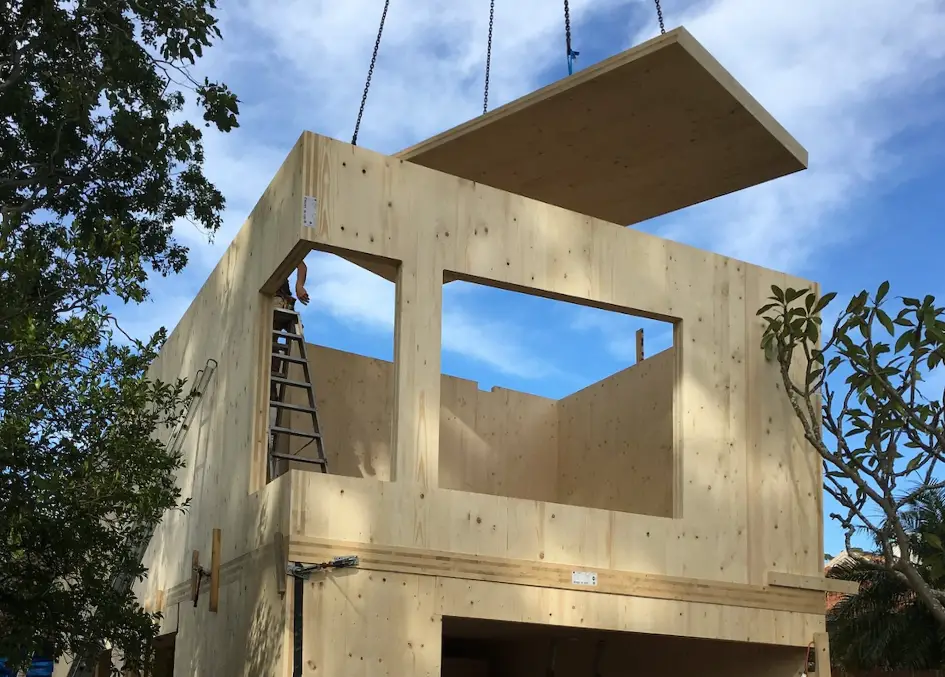
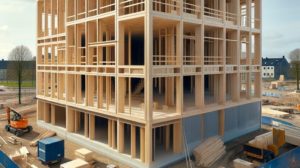

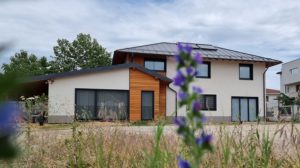
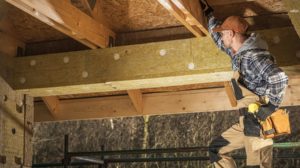

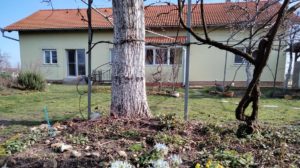
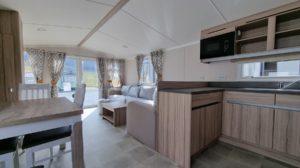
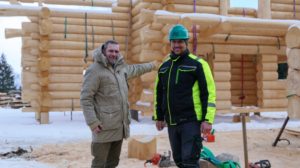


I recommend the inclusion of houses made of CLT - Cross Laminated Timber, i.e. the structure of solid wood panels laminated perpendicularly. There are many CLT houses in Romania, e.g. evoHouse passive houses.
[...] hard money. A house like this can never be done with little money, even if you opt for a wooden house. If you want a quality thing you have to be willing to shell out the money [...]
Thank you for mentioning the approach to promote traditional architecture. The steps taken by the architects from Maramures is so far unique in the country but I am convinced that the other OAR branches in the counties of Romania will subscribe to the approach and will try to get their County Councils to finance such projects, with the specificity of the respective area. I await with great interest their response and I believe that it will not be long in coming. This article is a very well pointed one, with easily digestible information that should be read by those who intend to pay attention to this solution. Congratulations Ms Mihaela!
Thank you. It is a good initiative that deserves to be promoted.
All the best and...good luck!
Please don't forget about (perhaps) the most efficient panelized building system, namely SIP. I think it is the best option for those who want houses that are thermally super-insulated, airtight (!), very well soundproofed, need no maintenance, fire and earthquake resistant and build quickly.
Thank you for the addition. The subject is interesting and we plan to cover it in a future article.
All the best!